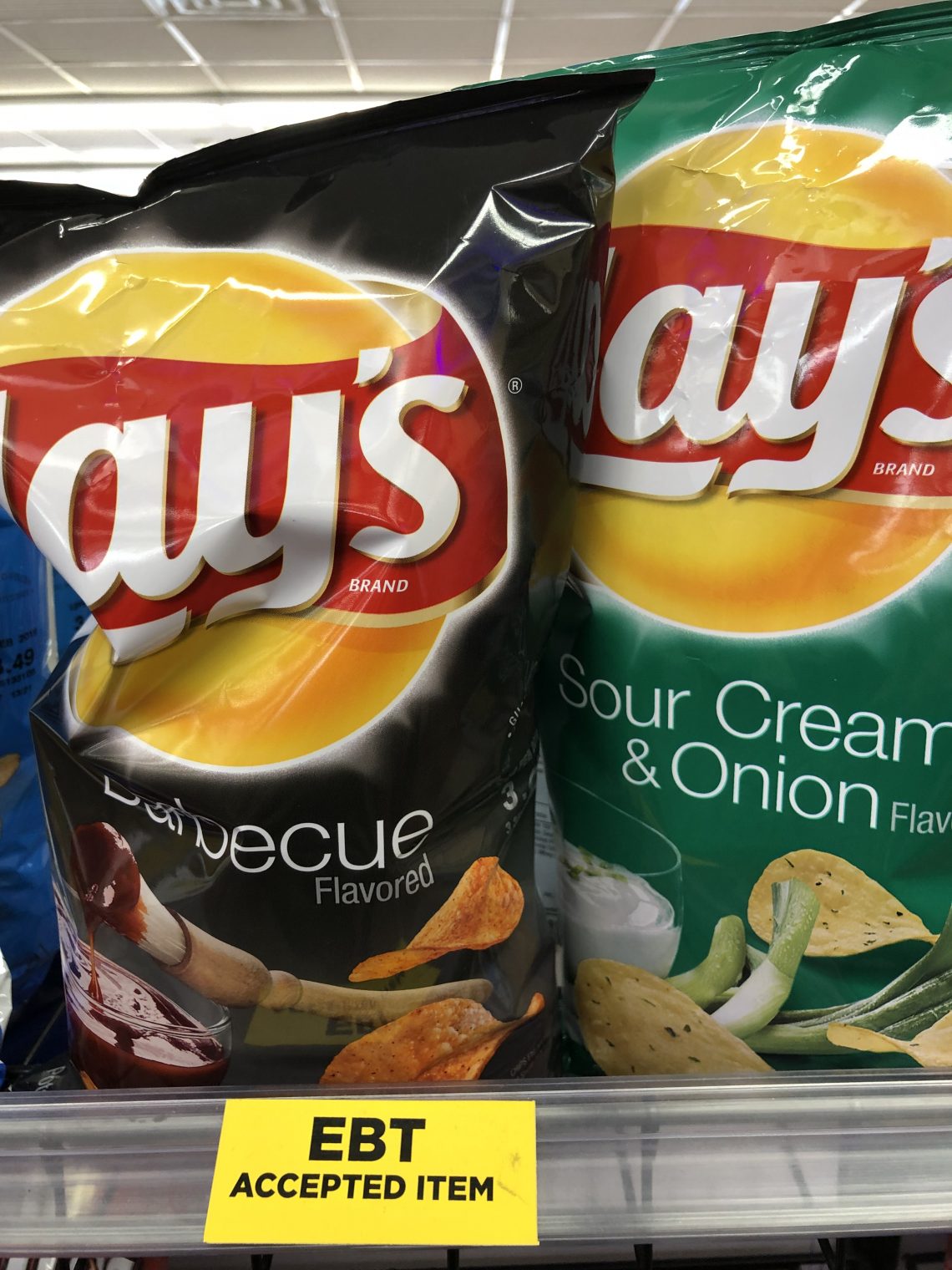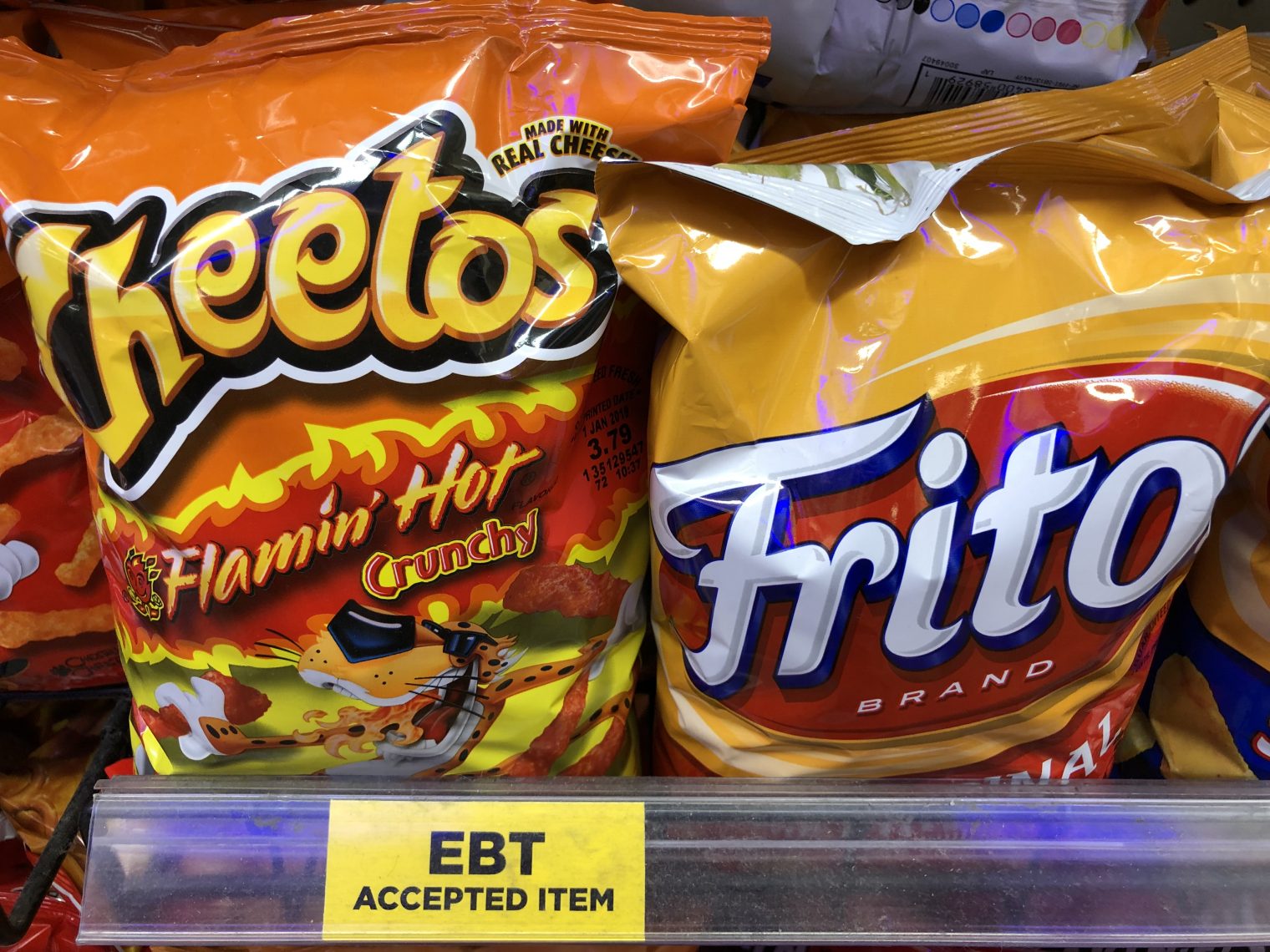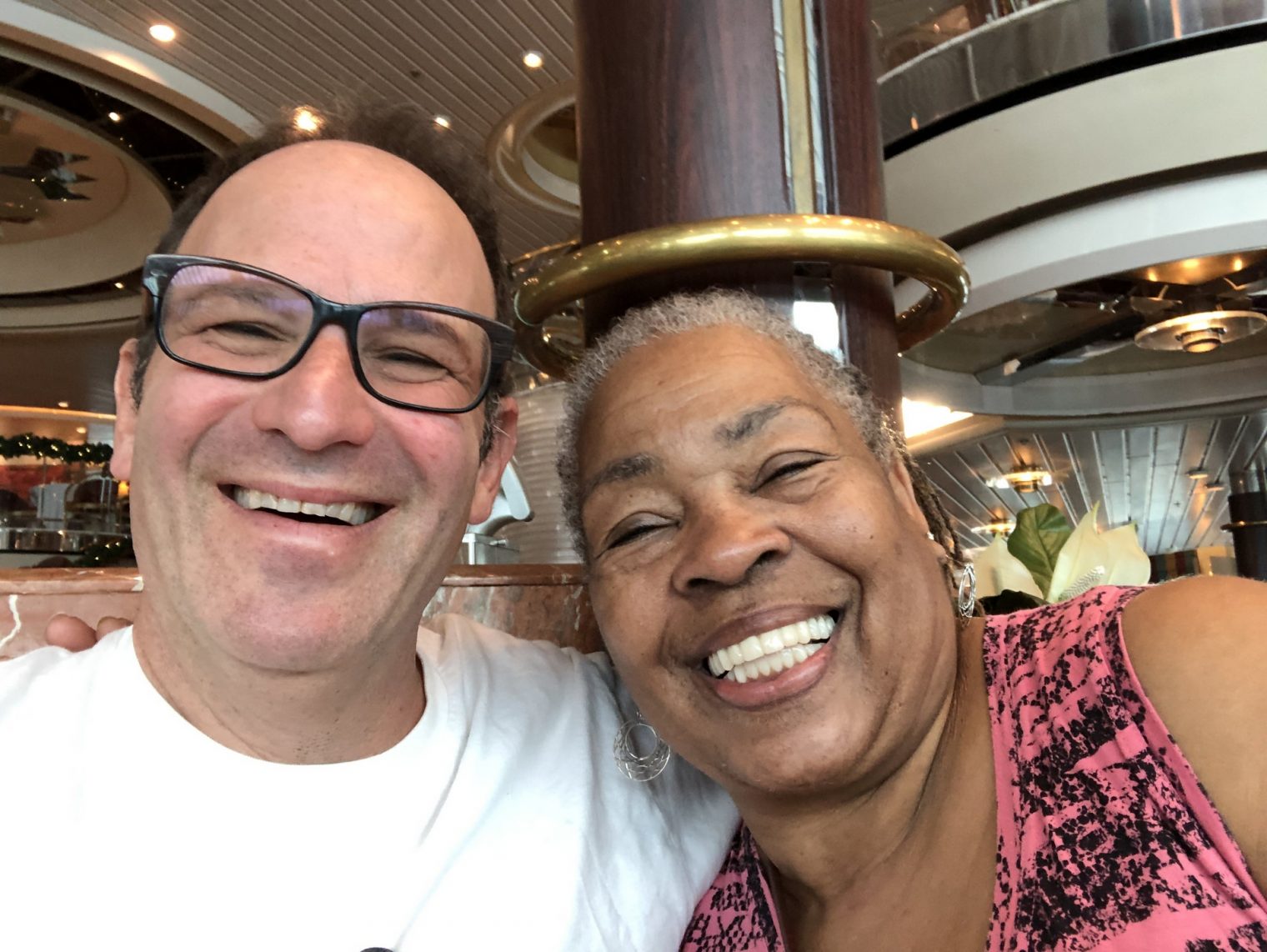Will New York build public housing on the defunct Amazon HQ2 site?
Amazon is bailing out of New York City (thus, thousands of potential fat-target defendants have now escaped New York’s winner-take-all family law system!). From a Facebook friend:
Bezos is like every Manhattanite, says he’s going to a great house party but then finds out it’s in Queens and doesn’t show up….
What will the wise central planners in the NYC government do now? From their site:
Every New Yorker deserves a safe and affordable place to live, in a neighborhood that provides opportunities to get ahead. The market alone is not always able to meet that need, and, accordingly, governments at all levels must work together to help. Mayor Bill de Blasio has made affordable housing a top priority of his administration and has committed the City to “build or preserve nearly 200,000 affordable units, and help both tenants and small landlords preserve the quality and affordability of their homes.”
New York City’s shortage of affordable housing has reached a crisis point. The crisis has many causes, starting with the erosion of New Yorkers’ purchasing power in the housing marketplace. Wages for the City’s renters have stagnated over the last 20 years, increasing by less than 15 percent, after adjusting for inflation. During the same period, the average monthly rent for an apartment in New York City increased by almost 40 percent.
A massive increase in the population results in stagnant wages as humans are no longer scarce? While simultaneously generating increased demand for housing that drives up prices? Textbook Econ 101 in action? Not exactly, according to the government technocrats:
Another cause of the affordable housing crisis is the mismatch between demand for, and the supply of, housing.
Econ 101 wouldn’t call this situation a “mismatch.” It would just turn out that the market-clearing price is higher than people want to pay and folks would have to start sharing 2BR apartments with 7 roommates, moving to eastern Pennsylvania and riding buses, etc. Maybe the technocrats are illustrating the general principle of “When the market gives you an answer that you don’t like, declare market failure”.
Regardless of whether this shows the failure or success of Econ 101, the politicians have promised more apartments and the city has plenty of money, since the finance industry has been booming for years. With Amazon out, there is a big empty space. The neighborhood already contains a big government-run apartment complex (see “Amazon’s New Neighbor: The Nation’s Largest Housing Project” (nytimes)).
If the politicians in New York are true to their word and housing those who are unable or unwilling to work is truly a “top priority,” should we expect to see government-run housing built on the proposed Amazon site? If not, what else could happen with this part of the city?
[My own Facebook comment on the collapse of the Amazon deal with New York’s Office of Crony Capitalism: “It is a dark day when small retailers in NYC are denied the opportunity to pay the expenses of their largest competitor.”]
Related:
- Amazon’s actual deal with three New York City and State entities (thanks, Luke!)
- https://philip.greenspun.com/blog/2018/11/14/the-amazon-hq2-deals-show-how-to-implement-a-planned-economy/
- https://philip.greenspun.com/blog/2018/11/26/new-york-governor-admits-that-a-rational-business-would-locate-in-texas/
- https://philip.greenspun.com/blog/2018/11/13/amazon-settles-into-low-tax-new-york-city/












